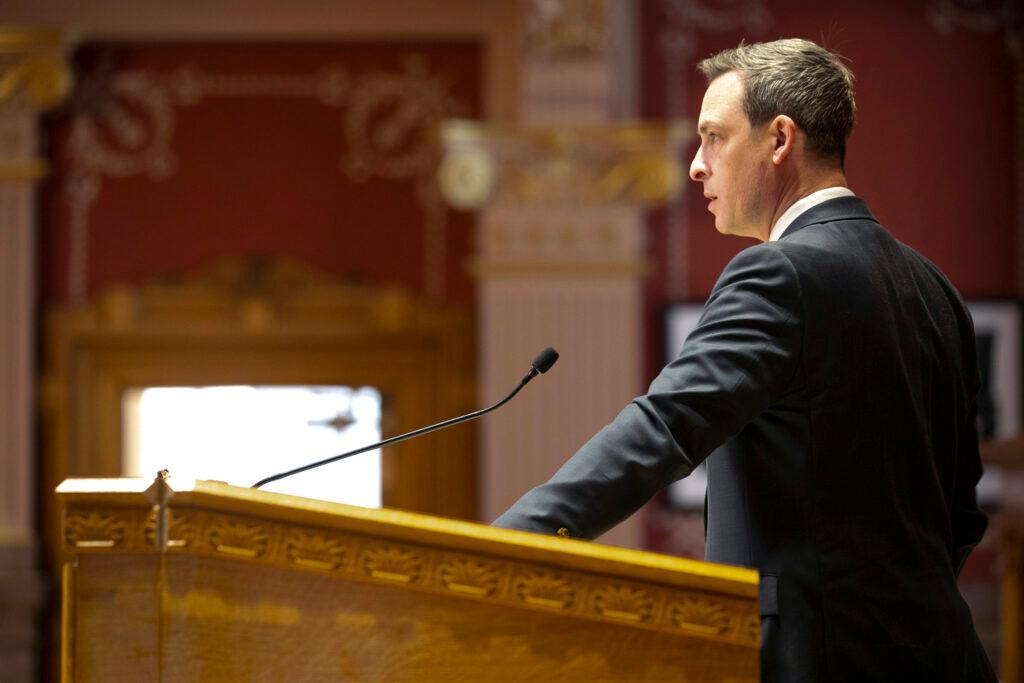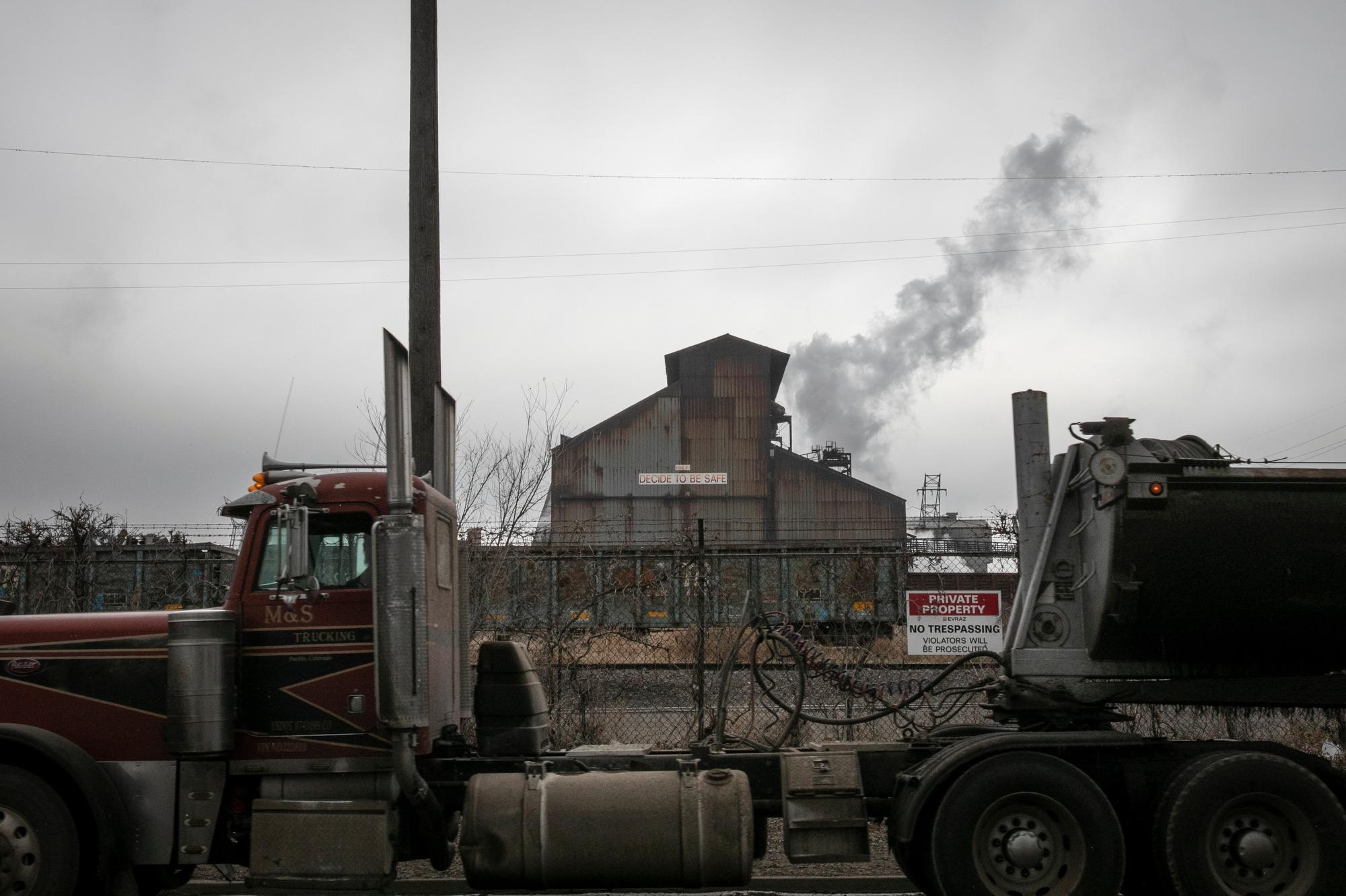
It was 2006 when Claire Levy, now a Boulder County commissioner, had a conversation that’d lead Colorado to help spark a new way to build renewable energy: community solar gardens.
The idea came from a potential voter Levy met in Nederland during her first state house campaign. He owned a few acres of mountain property with good solar exposure but told Levy his neighbors were confined to the shade. The situation led him to present an idea: Why couldn’t he build a photovoltaic system on his property and sell the electricity in his local community?
“I said, ‘Great question!’ Let me look into it,” Levy recalled.
Levy realized the concept could help solve a basic unfairness at the foundation of the home solar industry. Rooftop panels can help slash energy bills, but they aren’t usually an option for renters, condo dwellers or even homeowners with shaded property. That’s why, after winning a state house seat, Levy passed a bill to open the nation’s first statewide community solar gardens program in 2010.
Community solar programs allow developers to build small-scale solar projects and sell subscriptions to nearby residents and businesses. By paying a monthly fee, subscribers receive a credit on their monthly utility bills similar to the discount offered to residents with rooftop solar panels. A recent U.S. Department of Energy study found the arrangement can cut household electricity costs by between 5 and 15 percent.
At least 23 states and the District of Columbia now have community solar programs. While the concept may have its roots in Colorado, the state’s progress has stalled, and other states are developing projects more quickly. Federal data show New York, for example, has 10 times more community solar capacity than Colorado. Minnesota has five times more.
The sluggish pace recently caught the attention of frustrated state policymakers. After the 2024 legislative session, Gov. Jared Polis signed a law to overhaul Colorado’s first-in-the-nation community solar program, finalizing a plan officials say will help the state regain its lead in a clean energy concept many see as one of its brightest ideas.
The potential benefits of small solar systems
One of the leading advocates for the recent legislative overhaul was John Bernhardt, the vice president of policy for Pivot Energy, one of Colorado’s biggest community solar developers.
The plan will allow for more projects like Pivot Solar 23, a roughly four-acre community solar site his company owns and operates in La Salle, Colo. The project fits between the cornfields and oil and gas operations lining U.S. Highway 85 linking Denver and Greeley.
Unlike massive utility-scale solar farms, Bernhardt says smaller community solar projects can nestle closer to power users by covering parking lots, vacant sites or the tops of big-box stores. That could help preserve wild landscapes and farmland in rural areas.

He also thinks the benefits of community solar extend beyond discounts to urban residents lucky enough to land a subscription. By building power generation closer to power users, cities could have a better chance of keeping the lights on during major disasters.
Power from the panels at Pivot Energy 23 flows onto a grid operated by Xcel Energy, Colorado’s largest gas and electricity provider. The company’s Solar*Rewards Community program manages relationships with solar developers and discounts electricity bills for subscribers.
“From our experience, there's no shortage of customers who like community solar and want the opportunity to subscribe and participate. The limiting factor is how much capacity is enabled through the program,” Bernhardt said.
Colorado’s new approach to community solar
The final legislation requires Xcel Energy to offer its Colorado customers 50 megawatts per year of community solar in 2026 and 2027. Black Hills Energy, the state’s other investor-owned utility serving Pueblo and other communities, must offer 3.5 megawatts. The Colorado Public Utilities Commission will reassess the level of required development in future years.
Since the birth of Colorado’s community solar program, the state has built 183 megawatts of solar, so the updated requirement is on track to more than triple the pace of annual development in 2026 and 2027.

It also revamps the rules community solar developers must follow to link a project to the larger power grid. The new system allows a company to estimate the cost to interconnect a project while it obtains necessary land or permits. Bernhardt said similar procedures have helped other states develop community solar projects far faster than Colorado.
Another provision aims to clear a path for a wave of federal funding. Earlier this year, the U.S. Environmental Protection Agency awarded Colorado $156 million through its Solar for All program established through the Inflation Reduction Act, President Biden’s signature health care and climate policy.
The Solar for All program is designed to benefit low-income residents or disadvantaged communities. To guarantee a destination for the grant funding, community solar programs in the state’s revamped program must reserve more than half of their capacity for income-qualified subscribers.
Another battle over utility business models
State Sen. President Steve Fenberg, a Democrat representing Boulder, sponsored the legislation to supercharge community solar development in Colorado.
There’s a simple reason he thinks Colorado hasn’t kept pace with other states: Xcel Energy. The investor-owned monopoly utility holds serious political sway in the state, and the company turns a profit whenever it builds a sprawling utility-scale solar project. Community solar development shrinks the company’s opportunity to make money for its shareholders, Fenberg said.
“They want to embrace [the energy transition] on their terms and in a way to make as much money as possible,” Fenberg said.

Fenberg, however, acknowledged meeting Colorado’s ambitious clean energy goals will require utility-scale solar farms and community solar projects. He said negotiations over the final bill left plenty of opportunity for major utilities to develop large projects.
Jack Ilhe, a regional vice president for Xcel Energy, said it's also important to remember big projects tend to carry a lower price tag than smaller systems due to economies of scale. That’s why massive solar farms — like the ones Xcel Energy plans to build on Colorado’s Eastern Plains — could result in lower utility bills.
“This is about balancing costs and benefits,” Ilhe said.









